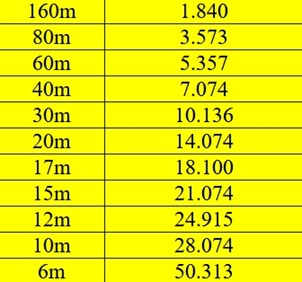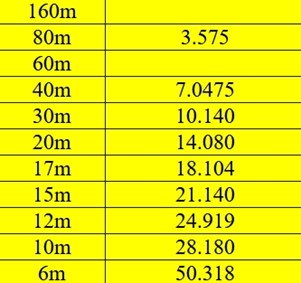FT4 and FT8 are weak-signal-condition digital protocols designed for rapid, accurate communication between amateur radio stations. Information exchanged in a contact typically consists of call signs, four-character Maidenhead locators, signal reports, and acknowledgments. Through the Advanced tab in the preferences, a few popular radio contests are supported with specially formatted messages; arbitrary text can also be transmitted, though only in small quantities. FT8 was introduced in July 2017. It quickly earned worldwide popularity and soon accounted for a large fraction of all ham radio activity on the HF bands. FT4, a similar but faster protocol designed especially for radio contests, was introduced in 2019.
Both FT4 and FT8 are digital modes that use fixed-length transmissions, structured messages with formats optimized for minimal contacts, and strong forward-error correction. FT4, however, was designed specifically for radio contesting. Transmit-receive sequences are six seconds, making it 2.5 times faster than FT8 and about the same speed as regular RTTY for radio contesting. The transmitted data last for 4.48 seconds compared to 12.64 seconds for FT8.
FT8 messages are transmitted using eight-tone continuous-phase frequency shift keying (CPFSK). Each transmitted tone or channel symbol conveys three bits. FT4 modulation uses four-tone CPFSK at approximately 23.4 baud, with tones separated by the baud rate so each channel symbol conveys only two message bits. The occupied bandwidth is 90 Hz. Compared with FT8, FT4 is 3.5 dB less sensitive and requires 1.6 times the bandwidth, but it offers the potential for twice the QSO rate. FT4 can work with signals 10 dB weaker what would be required to decode RTTY while using much less bandwidth.
Parameters of the CPFSK signals used for six modes in WSJT-X. Pulse amplitudes assume integer values over the specified ranges.

https://physics.princeton.edu/pulsar/k1jt/FT4_FT8_QEX.pdf
FT8 and FT4 frequencies are defined by the mode’s developer for Region 1.
FT8:

FT4:

Besides the much shorter QSO times, FT4 behaves essentially the same way as FT8. There is one new control feature in FT4 operation, a button labeled “Best S+P” (Search-and-Pounce), below the Call 1st checkbox. During an RX cycle, this button tells the program to examine all CQ messages decoded at the end of the six-second RX sequence. The program then determines the best potential QSO from a contesting perspective and acts like double-clicking on that line of decoded text. “Best potential QSO partner” means “New Multiplier” (1st priority) or “New Call on Band” (2nd priority).
Questions? Share them in the comments below or email me at KE8FMJ@arrl.net.

